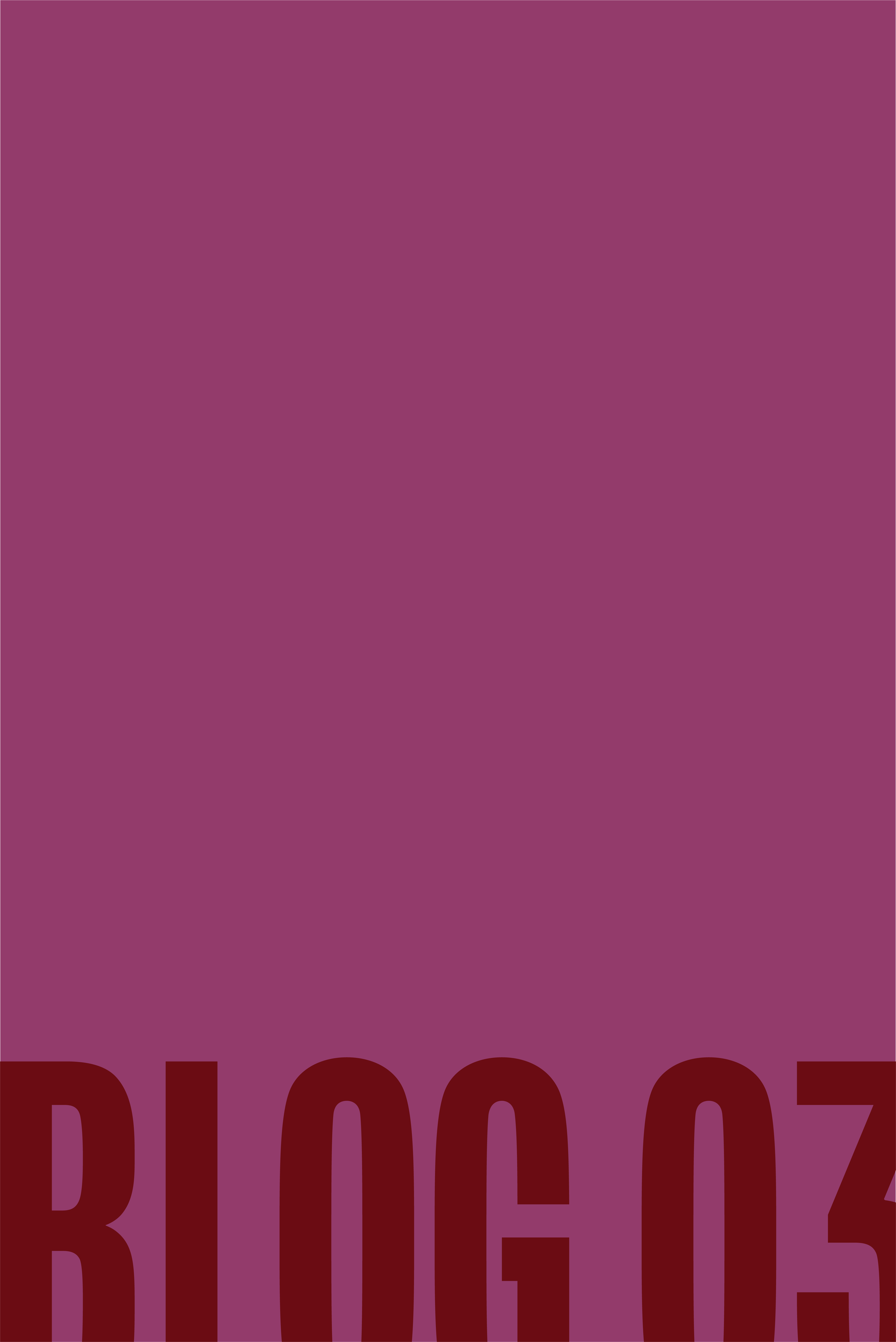Everyday color: How marketing uses color to influence you
Every day, we’re surrounded by color — on screens, store shelves, and scrolling through feeds. But what if those colors aren’t random?
Brands, designers, and marketers carefully use color theory to guide what we feel, notice, and buy. Once you start spotting these patterns, it changes the way you see everything, and gives you the power to choose with intention.
Color in your every day
Color marketing isn’t just for big ad campaigns, it quietly shapes your choices all day long:
• Packaging: Health drinks wrapped in greens to feel clean and natural; energy drinks in neon shades to signal intensity and action.
• Websites & apps: Banks and healthcare brands use calming blues to feel reliable; creative tools pop with bright colors to spark curiosity.
• Emails & “buy now” buttons: Red, orange, and yellow create a sense of urgency that encourages quicker clicks and helps drive sales.
• Storefronts & seasonal displays: Retailers refresh colors with the seasons, warm rust and pumpkin in fall, fresh pastels in spring, to spark the seasonal feelings you already have, making stepping inside feel irresistible.
• Social media feeds: Brands carefully curate color palettes so you recognize them before you even see the logo. It keeps them familiar in a fast scroll.
Why brands choose these colors (and what it says about them)
These colors aren’t chosen by chance, they’re part of what a brand promises emotionally, shaping how you see them and how you feel about yourself when you buy their products.
Everyday marketing examples:
• Blue → trust & calm: banks and tech brands use it to feel steady and credible.
• Green → health & balance: wellness products and natural foods lean on it to suggest freshness and wholesomeness.
• Red, yellow & orange → urgency & appetite: clearance signs, sale banners, and fast‑food logos use these to nudge quick decisions.
• Black & metallics → sophistication: premium tech and cosmetics use sleek blacks and golds to signal luxury.
Fashion & lifestyle brands do the same, but make it feel personal:
• Navy & blues → classic minimalism: Ralph Lauren and Gap want you to feel timeless, clean, and dependable.
• Soft greens & neutrals → comfort and realness: Aerie uses these to say “authentic, effortless, natural beauty.”
• Bold red → Target’s signature red commands attention and creates a sense of urgency, encouraging quick decisions and sparking excitement that makes shopping feel lively and immediate.
• Soft pink → Victoria’s Secret leans into soft pinks that blend femininity with self-love, a signature shade that’s instantly recognizable, sweet, and alluring.
• Black & gold → exclusivity and legacy: Chanel and Gucci speak to refinement, and prestige.
• Creamy pastels → subtle sophistication: brands like Ilia and Merit use muted packaging that is soft, natural, and quietly luxurious. Low-saturation tones evoke feelings of comfort, trust and an understated charm.
Behind every color is a message. These choices tell a brand’s story in a way that feels personal, like it’s speaking to you.
Want to see it yourself? Open your favorite brand’s website, scroll through their Instagram, or look at a recent promo email. Notice which colors show up first , and what they make you feel.
The Psychological Shortcuts Colors Create
Color is powerful because it bypasses logic and speaks straight to your feelings:
• Red can raise your heart rate and grab attention instantly.
• Muted neutrals slow you down, encouraging you to linger or scroll longer.
• Green feels fresh and balanced; yellow adds lightness and optimism; blue reassures and steadies.
Brands count on these shortcuts to guide decisions — often before you even realize what’s happening.
Notice, Then Choose
Next time you pick up a product, hover over “add to cart,” or stop scrolling on a photo. pause and ask: What color pulled me in?
The more you notice these cues, the more you choose what truly fits you.
And maybe, you’ll even use color yourself, not just as strategy, but as a form of self‑care.




